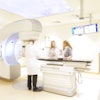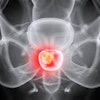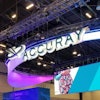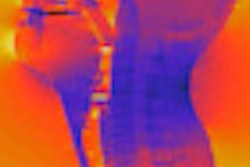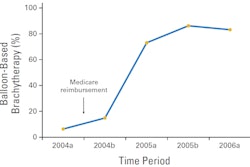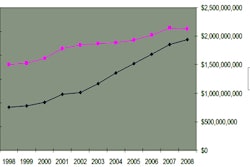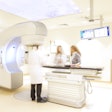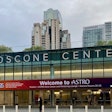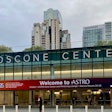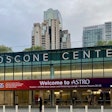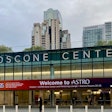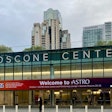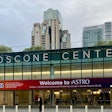Not all patients with suspicious lesions in their lungs are strong enough to undergo a biopsy to confirm lung cancer. Should they be treated for the disease? That's the question asked by Canadian researchers in a March 7 article in the International Journal of Radiation Oncology, Biology, Physics.
The answer is "yes" at Princess Margaret Hospital; its radiation oncology department has been using stereotactic body radiation therapy (SBRT) since 2004 to treat medically inoperable patients with stage I non-small cell lung cancer (NSCLC) and patients with highly suspicious lesions who cannot undergo even a biopsy. Radiation oncologists describe the outcomes of more than 100 patients in the article published online ahead of print (Int J Radiat Oncol Biol Phys, March 7, 2011).
The cancer center at Princess Margaret Hospital participated in the Radiation Therapy Oncology Group (RTOG) 0236 North American clinical trial evaluating the effectiveness of SBRT for medically inoperable early-stage lung cancer patients. The hospital joined the trial in September 2004 and subsequently adopted the treatment protocol instead of standard fractionated radiation therapy for patients staged T1-T2 N0 M0.
Lead author Dr. Mojgan Taremi and colleagues prospectively evaluated 108 consecutive patients who received SBRT treatment between December 2004 and October 2008. Three-fourths had biopsy-confirmed cancer. The remaining patients were suspected of having lung cancer after review of at least two serial CT studies performed at least 30 days apart, and/or increased F-18 FDG uptake on a PET scan.
The patients ranged in age from 48 to 90, with the majority being in their late 60s to early 70s. Fifty-five of the patients were women and 53 were men.
The patients underwent a variety of radiation dose fractionation schedules. For peripheral tumors, this included 48 Gy in four fractions, 54 Gy in three fractions, and 60 Gy in three fractions. For tumors close to dose-limiting central organs, schedules of 60 Gy in eight fractions and 50 Gy in 10 fractions were used.
A whole-body FDG-PET scan was performed three months after treatment completion to assess metabolic response to treatment. Chest CT scans were performed six and 12 months after treatment, and at least every six to 12 months thereafter.
The median follow-up time of the 108 patients was 19 months, with some followed for almost five years. During this time, 45 patients died. Twenty-eight died of causes unrelated to lung cancer: 18 from cardiopulmonary events, six from metastatic disease from a different primary tumor, two from bowel obstruction, and two from stroke.
Overall, 58% of the patients were alive in early 2009. The estimated one- and four-year cause-specific survival rate was 92% and 77%, respectively, and the estimated one- and four-year overall survival rate was 84% and 30%. Survival statistics were comparable for patients with proved and suspected lung cancer.
Ten patients had local failures, half of whom had been treated with 50 Gy in 10 fractions. As a result, this fractionation schedule was discontinued in March 2008 and has been replaced with a schedule of 60 Gy in eight fractions.
In spite of their medically frail condition, the patients tolerated SBRT well. Approximately half suffered from grade 1 or 2 fatigue, the most common acute toxicity. Only four patients experienced grade 3 early toxicities and six patients grade 3 late toxicities. No grade 4 or 5 toxicities occurred.
"Lung SBRT for early-stage NSCLC resulted in excellent local control and cause-specific survival with minimal toxicity," the authors concluded. Outcomes were comparable for those with and without a pathologic diagnosis, and "SBRT can be considered an option for selected patients with proven or presumed early-stage NSCLC," they wrote.

